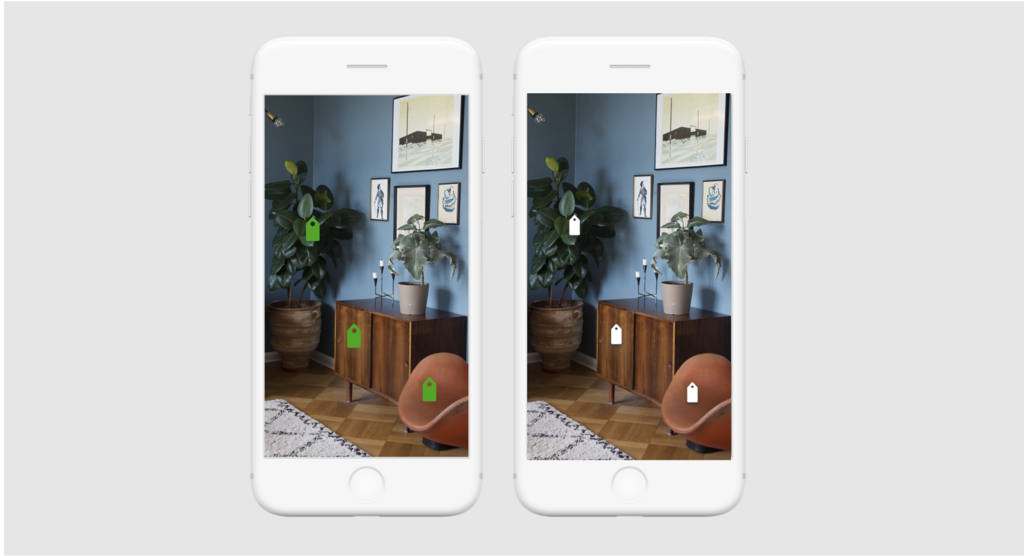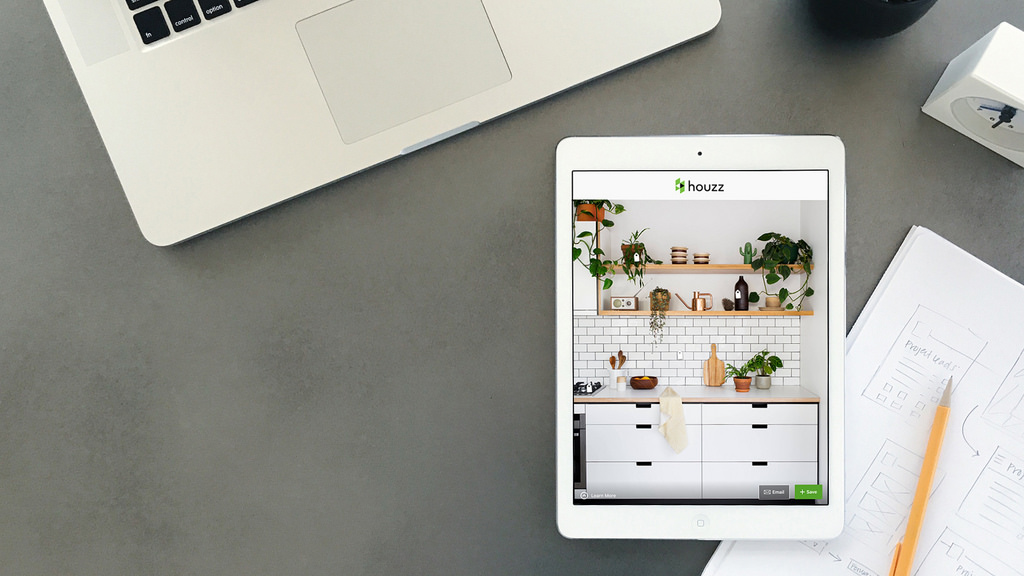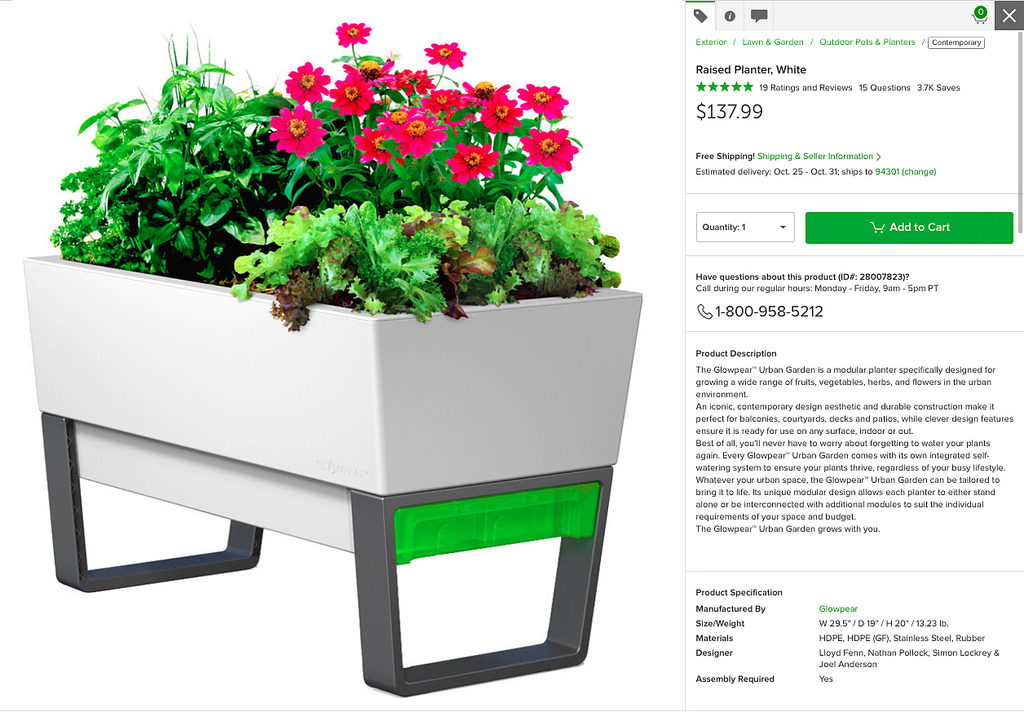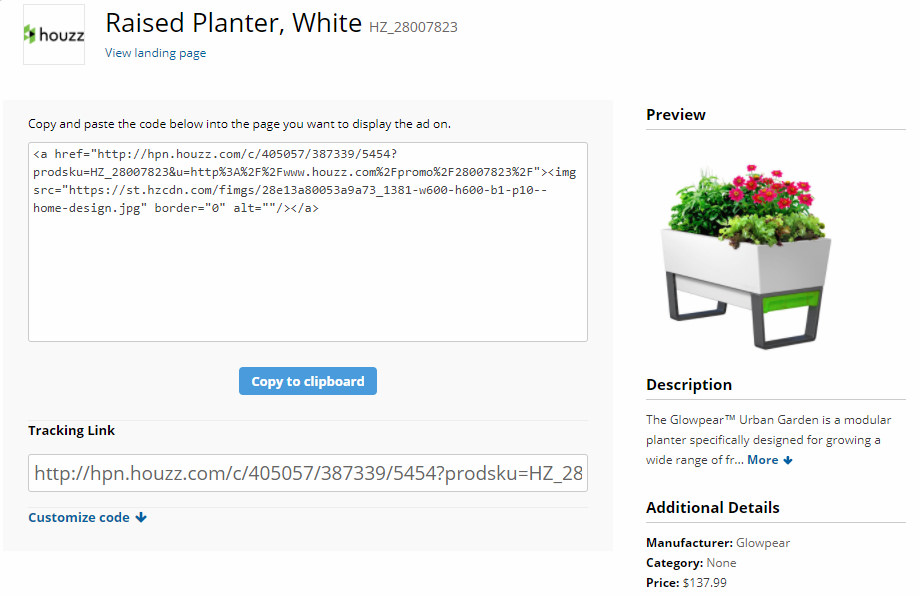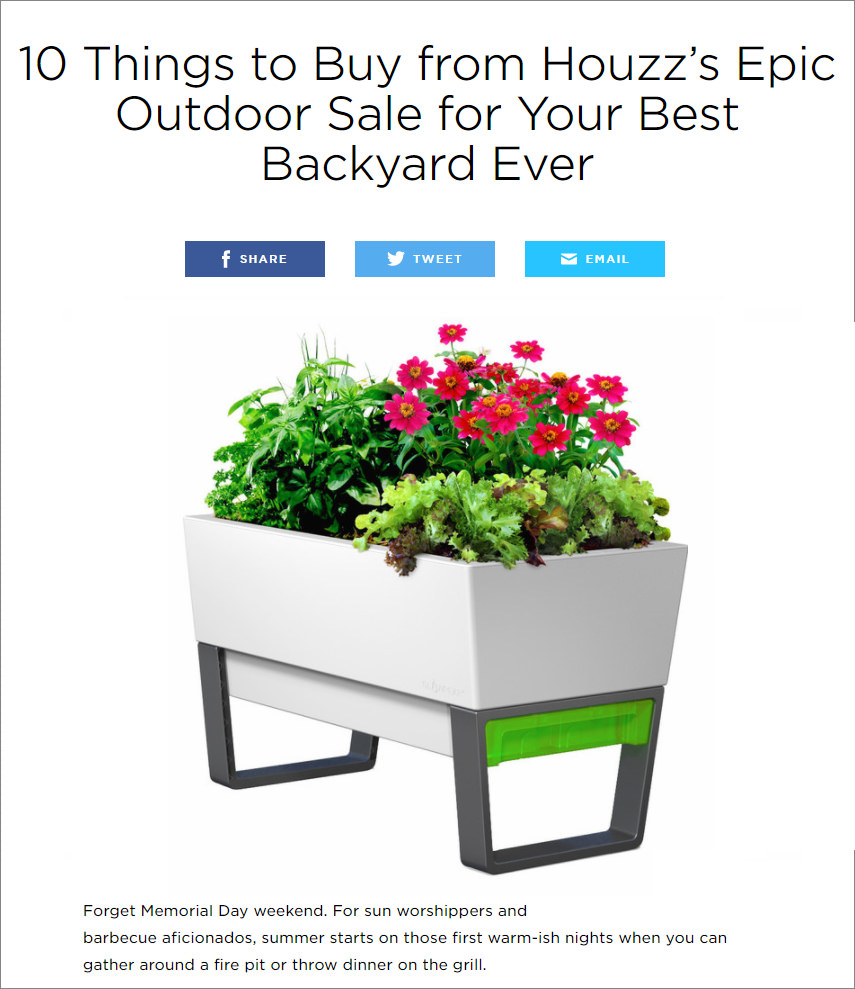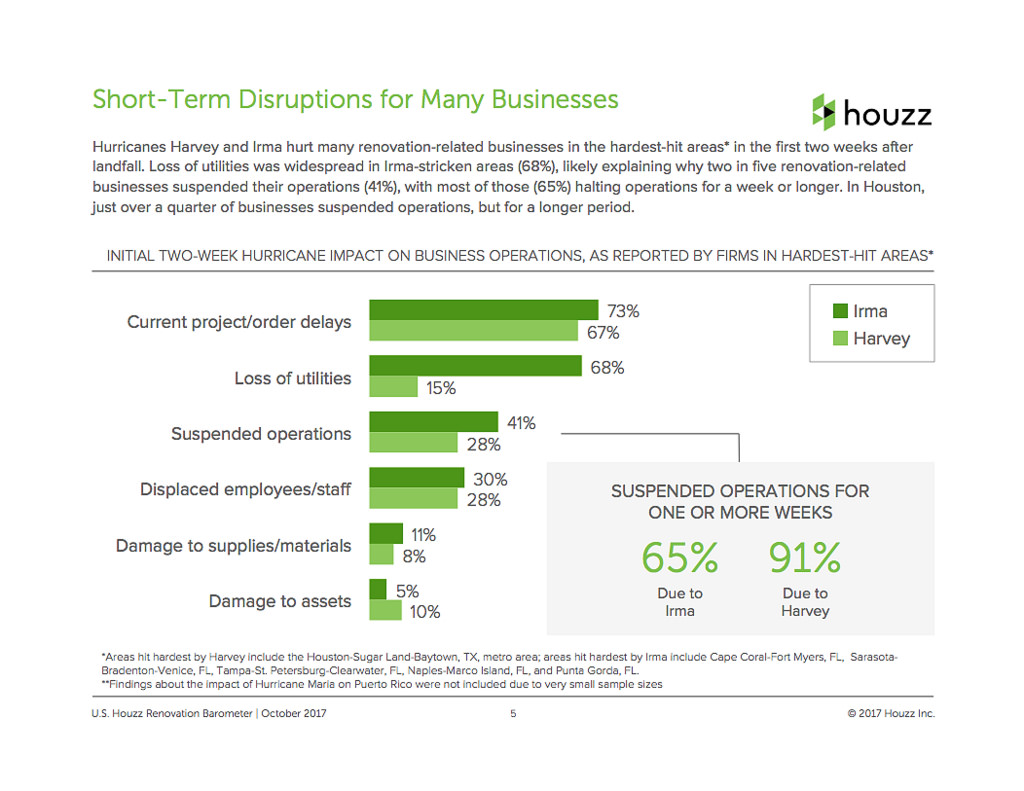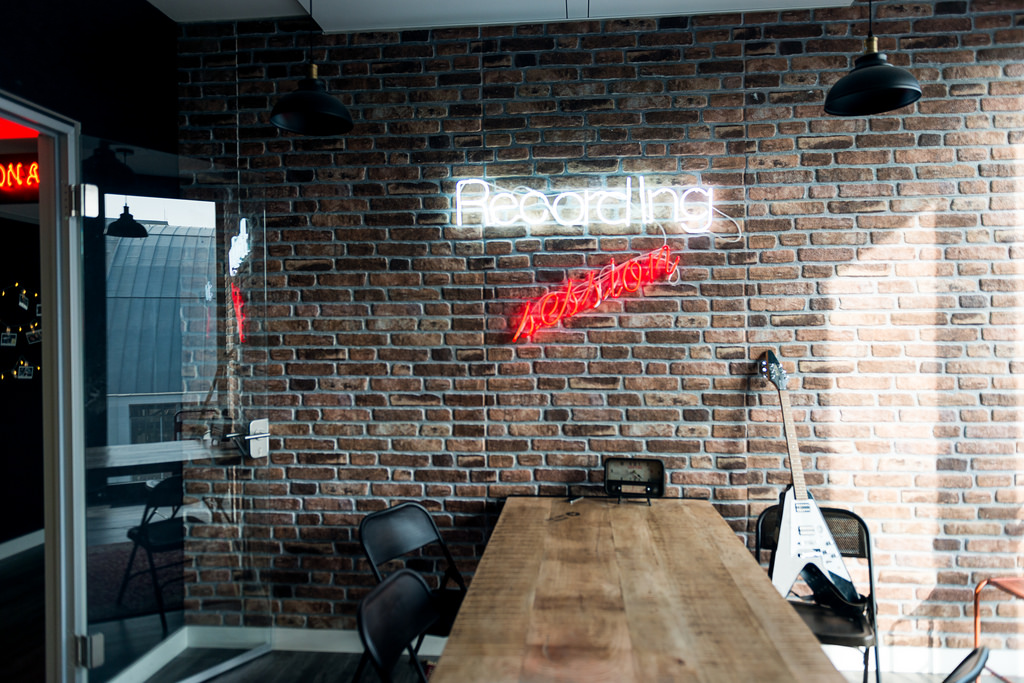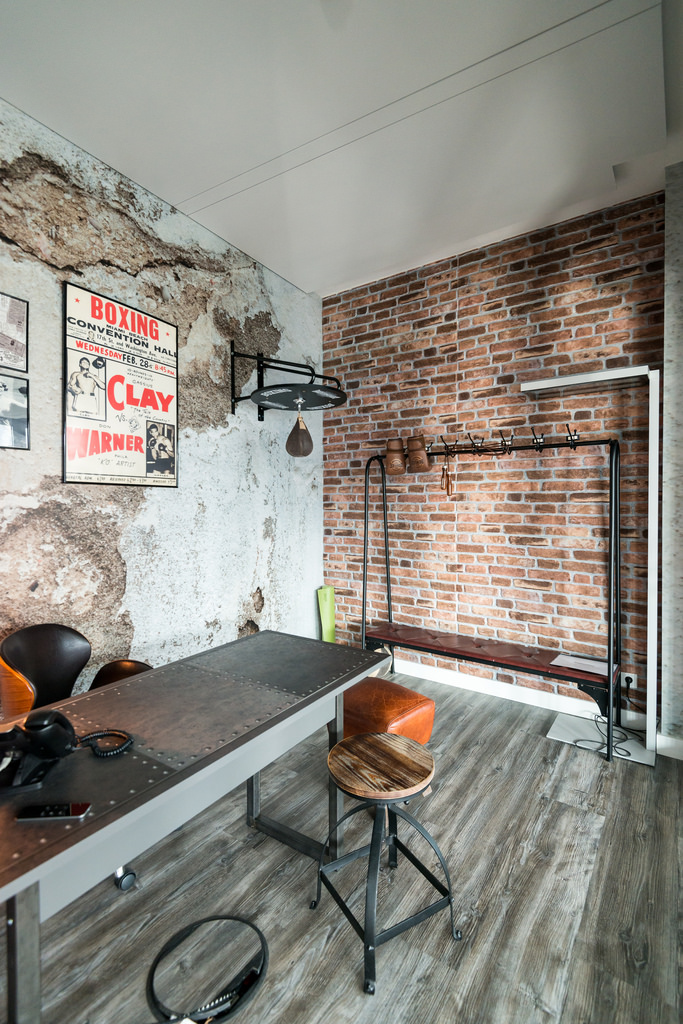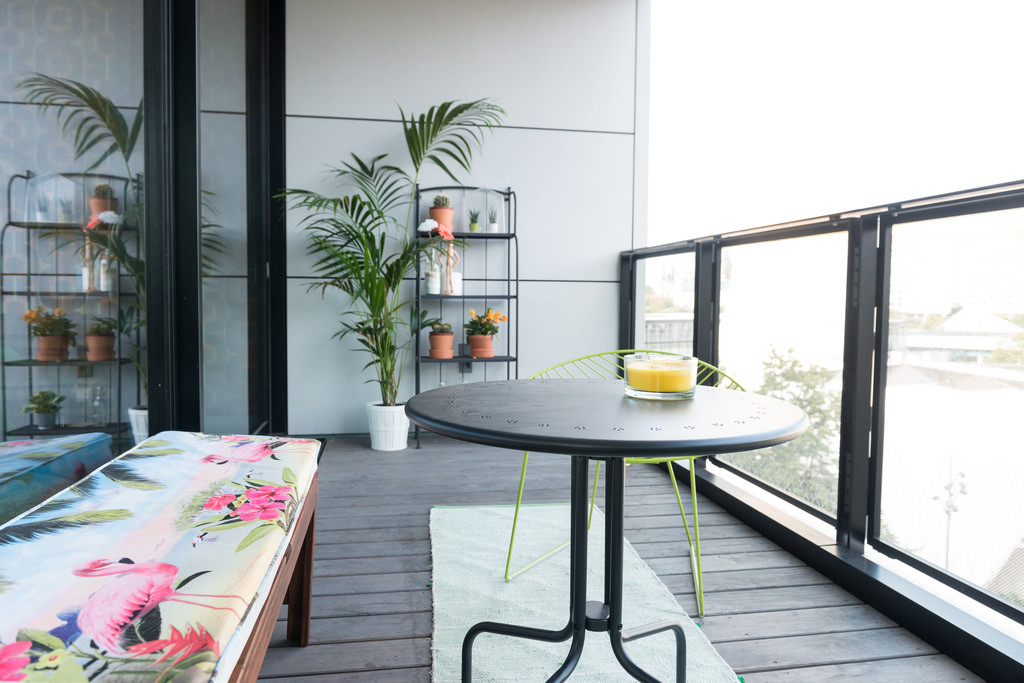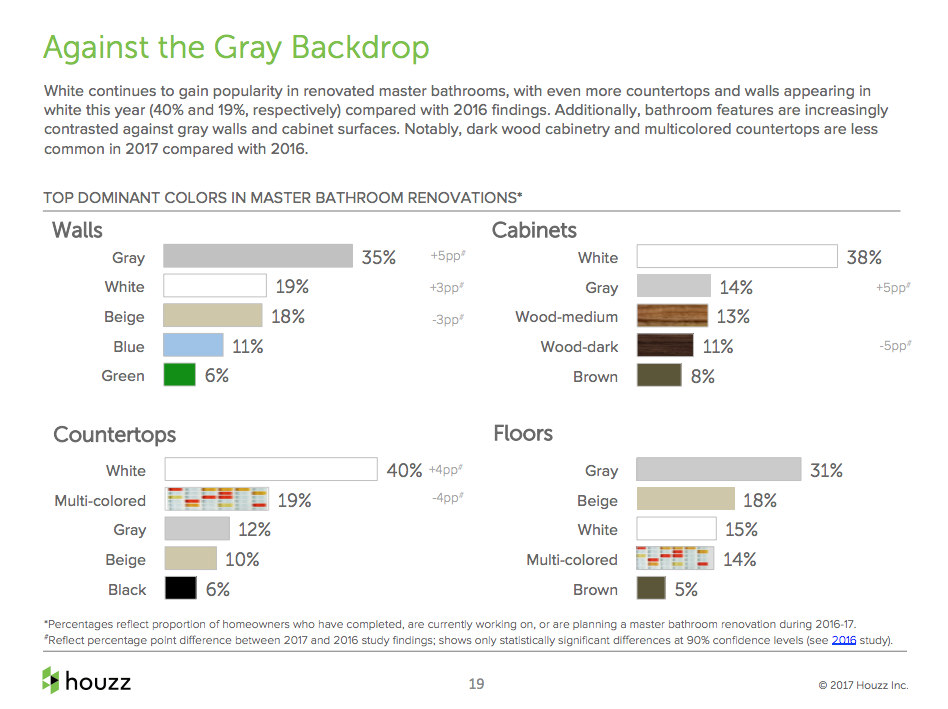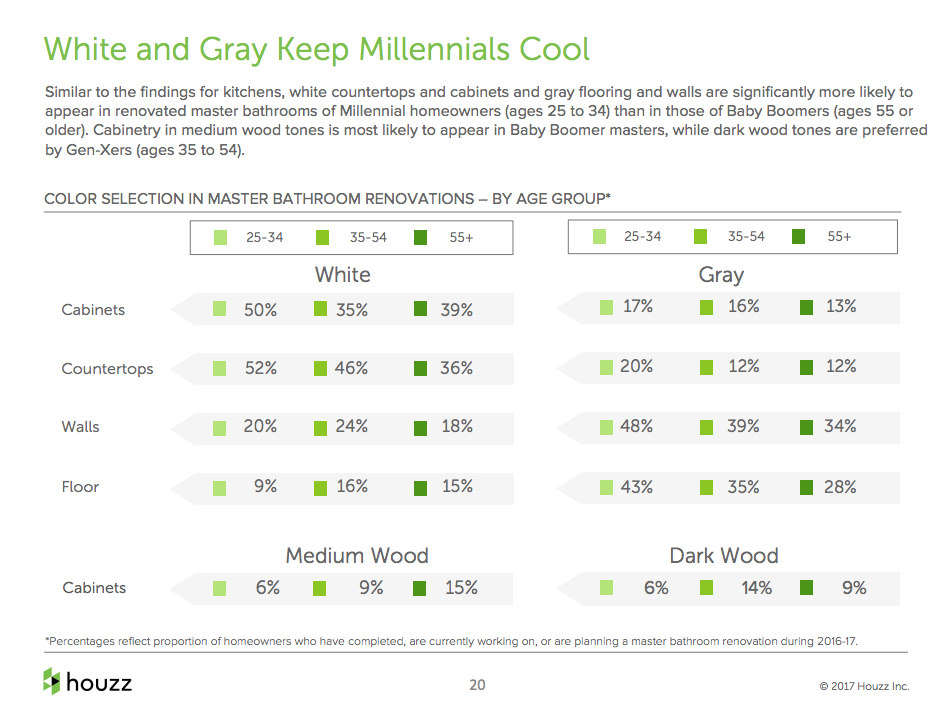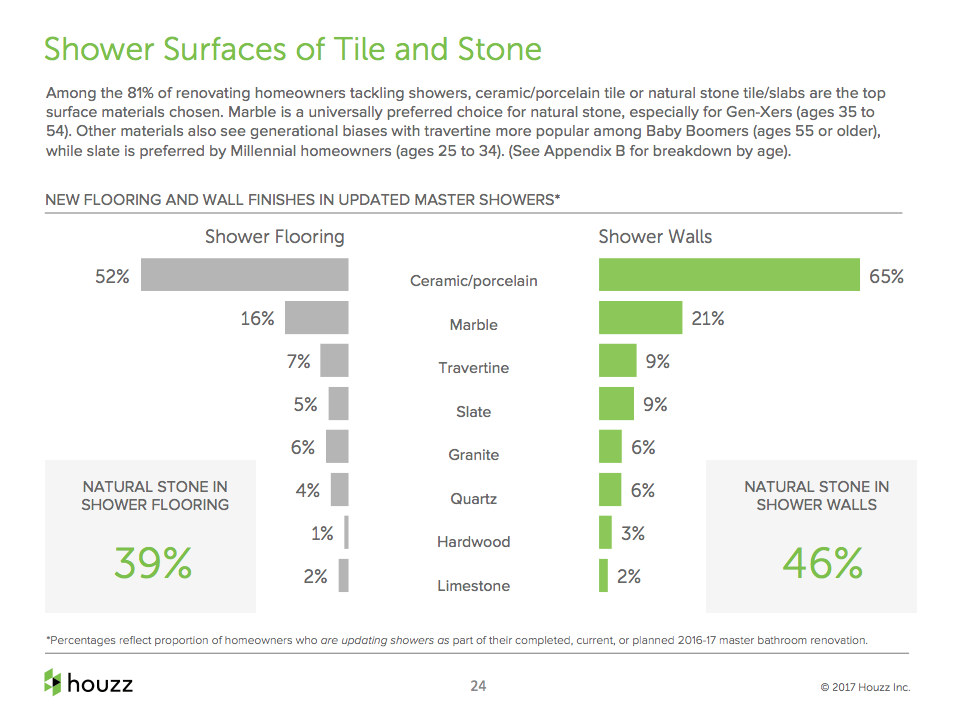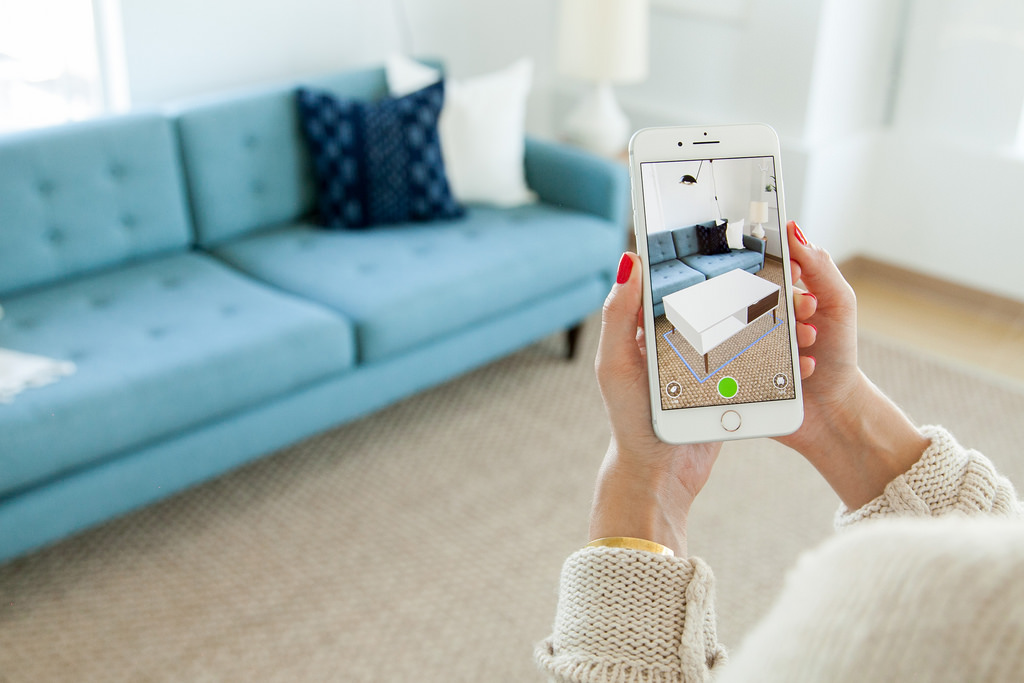
As a member of the Houzz backend team, Minwen works on infrastructure and platform products to improve the Houzz community experience by making the website faster and more reliable. When she’s not working, Minwen enjoys traveling with her family to places they’ve never been before. Their last stop was Iceland.
Why did you want to become a software engineer?
I’ve always liked building things, but didn’t start coding until I was in college. When I was a teenager, computer science was just getting started in China. In high school, the top four students from each province were sent to a national physics competition where we met professors from the country’s top universities. I met with one professor who offered me the opportunity to attend Tsinghua University and study computer science. All I knew of computer science was that it was an exciting new technology, but I said yes right away. It’s pretty incredible that a decision made by a high school student, far from home, with no input from my parents, could drive my lifetime career.
Why did you decide to join Houzz?
A few of my friends worked for Houzz and told me about the supportive community culture they experienced, which is what drew me to apply. My interview confirmed what I had heard from my friends and I couldn’t wait to get started!
What is the best part about working at Houzz?
From an engineering perspective, I appreciate the Houzz code review process. It promotes quality and productivity, allowing you to focus on the big picture to improve the overall experience of the Houzz platform for our community.
From a workplace perspective, I was so pleased to find that my friends were right about the culture at Houzz. My particular focus on the Redis database allows me to interact with different teams within engineering, and I can see that teamwork and collaboration are valued and encouraged on all projects.
What Houzz project are you most proud of?
When I joined Houzz last year, we realized that as Houzz continues to scale, we’d need to identify and implement solutions to handle the growing amount of data required to run the platform. Houzz historically used Redis as our main de facto data storage cache. In the past, as the company scaled up and we outgrew the storage capacity in one Redis server, we’d open a new server and manually move a subset of data from existing sources to that server. That move wasn’t transparent to the applications in Houzz that access data from these servers, so we’d have to go back and modify code for those applications. It was a very manual process.
In order to automate the applications we use on a daily basis and create transparency between those applications, we decided to migrate all of our data from individual Redis servers to a Redis Cluster, which allows us to continue adding storage in a more transparent manner. I’m proud to be a part of Houzz’s growth. You can read more about the migration to Redis Cluster at this link.
What is something that has surprised you about working for Houzz?
I’ve worked on a number of large-scale tech company campuses, so when I started working at Houzz, I was surprised at how much I enjoyed working in downtown Palo Alto. It was an unexpected feeling of freedom and I love to pop outside for a cup of tea or walk down University Avenue in the friendly crowds.
Is there anything that you’ve learned that you’d like to impart on others?
Always keep learning! Stay open minded and keep an eye out for new technologies on the horizon.
How do you use Houzz in your personal life?
My husband and I are in the process of building a new home and we use Houzz a lot! Before hiring our designer, we looked at her profile on Houzz to make sure she had experience with the city and the styles we will be incorporating. Now we are using Houzz to collaborate with her on the project. I just save a photo to our ideabook and send her the link, so she knows exactly what I have in mind!




